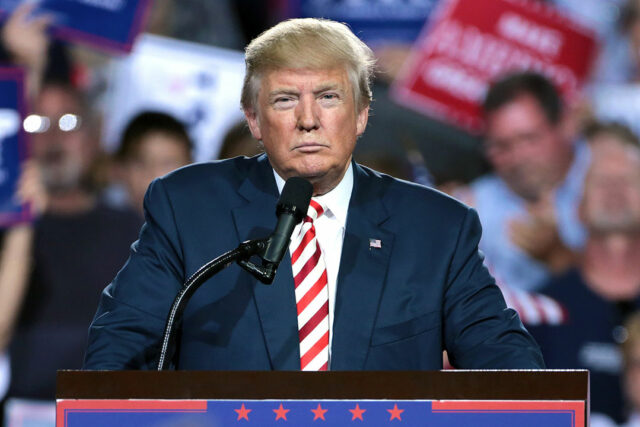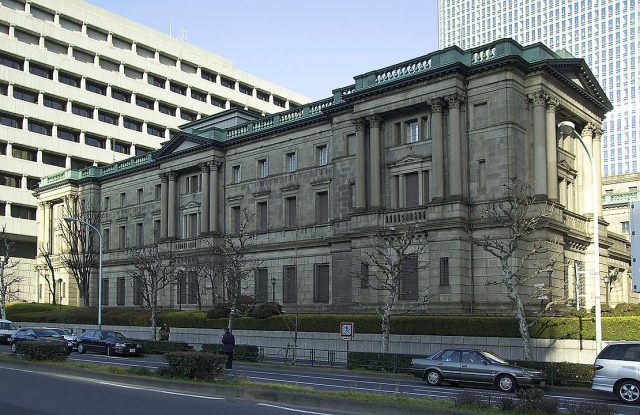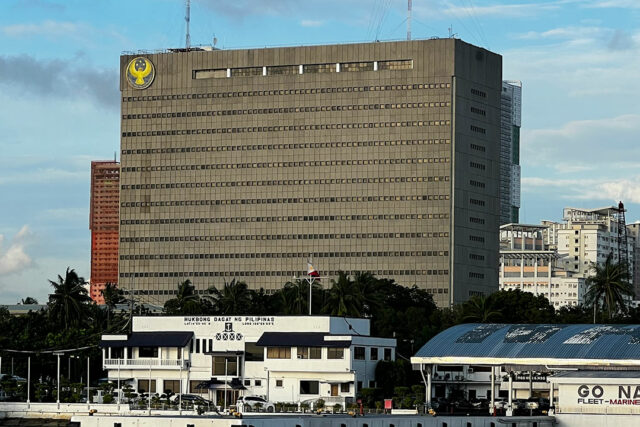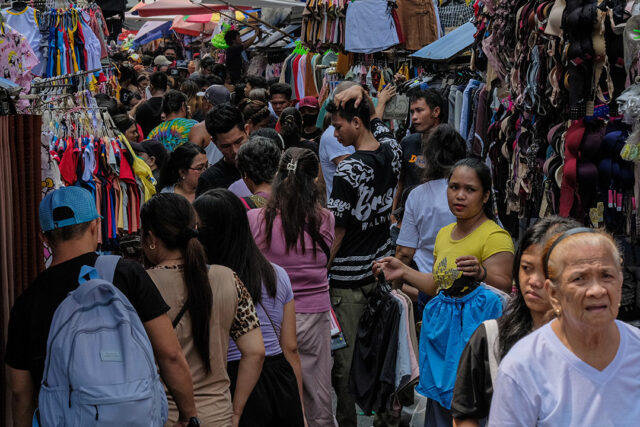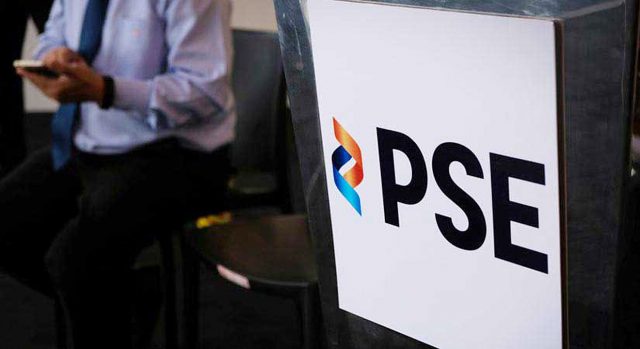Two doctors among five people charged in ‘Friends’ star Matthew Perry’s death


LOS ANGELES – Two doctors and three others including a personal assistant to Matthew Perry have been charged with supplying the “Friends” star with ketamine, the powerful sedative that caused his overdose death nearly a year ago, authorities said on Thursday.
The defendants, including a woman known as the “Ketamine Queen,” were part of a criminal network that distributed the drug to Perry and others, US Attorney Martin Estrada said.
“These defendants took advantage of Mr. Perry’s addiction issues to enrich themselves,” Estrada said at a news conference.
Each defendant played a role in falsely prescribing, selling or injecting the ketamine that led to the actor’s death in October 2023, Anne Milgram, administrator of the U.S. Drug Enforcement Administration, said.
Two of the defendants – Jasveen Sangha, 41, and Dr. Salvador Plasencia, 42 – pleaded not guilty in US District Court in downtown Los Angeles on Thursday.
According to authorities, Sangha was known as the “Ketamine Queen” and sold the doses that killed Mr. Perry from her “stash house” in North Hollywood.
Ketamine is a short-acting anesthetic with hallucinogenic properties, sometimes prescribed to treat depression and anxiety but also abused by recreational users.
Mr. Plasencia was accused of distributing ketamine to Perry and to his personal assistant, 59-year-old Kenneth Iwamasa, without a legitimate medical purpose on at least seven occasions.
Mr. Iwamasa, who lived with Mr. Perry, admitted to repeatedly injecting the actor with ketamine including multiple times on the day he died, according to court documents. He has pleaded guilty to one criminal count.
Mr. Plasencia taught Mr. Iwamasa how to administer ketamine, authorities said, adding that the doctor also personally injected Perry with the drug without proper safety equipment, including once inside a parked car.
Attorney Stefan Sacks, speaking to reporters outside the Los Angeles courthouse, said Mr. Plasencia had prescribed ketamine to Perry appropriately and had properly supervised the treatment.
“While the US attorney may disagree with Dr. Plasencia’s medical judgment, there was nothing criminal,” Sacks said, adding that the drug that killed Perry was not supplied by his client.
Authorities said Mr. Plasencia obtained ketamine from Dr. Mark Chavez, 54. In text messages to Mr. Chavez, Mr. Plasencia discussed how much to charge Perry for the drug, stating, “I wonder how much this moron will pay.”
An investigation found that the defendants distributed roughly 20 vials of ketamine to Perry for $55,000 in cash between September and October 2023.
Mr. Chavez admitted to selling ketamine to Plasencia and has agreed to plead guilty to one charge, according to court documents.
The fifth person charged was Eric Fleming, 54, who admitted to obtaining ketamine from Sangha and to distributing 50 vials to Mr. Iwamasa. He has pleaded guilty to two criminal counts.
Mr. Perry died at age 54 from “acute effects” of ketamine and other factors that caused him to lose consciousness and drown in his hot tub, a December 2023 autopsy report said.
Toxicology tests found Perry’s body contained ketamine at dangerously high levels typically found in general anesthesia patients being monitored by professionals during surgery, the report said.
Other contributing factors were drowning, coronary artery disease and the effects of the opioid-addiction medicine buprenorphine.
Mr. Perry had publicly acknowledged decades of drug and alcohol abuse, including during the years he starred as Chandler Bing on the hit 1990s television sitcom “Friends.”
Witness interviews in the autopsy report said he had been undergoing ketamine infusion therapy for depression and anxiety. But his last known treatment was a week and a half before his death, so the ketamine found in his system by medical examiners would have been introduced since that infusion, the autopsy said.
At sentencing, Mr. Iwamasa faces up to 15 years in federal prison and Mr. Fleming faces up to 25 years. Mr. Chavez could be sentenced to up to 10 years.
If convicted on all charges, Mr. Sangha would face between 10 years to life in federal prison. Mr. Plasencia would face up to 10 years for each ketamine-related count and up to 20 years for each records falsification count. – Reuters

